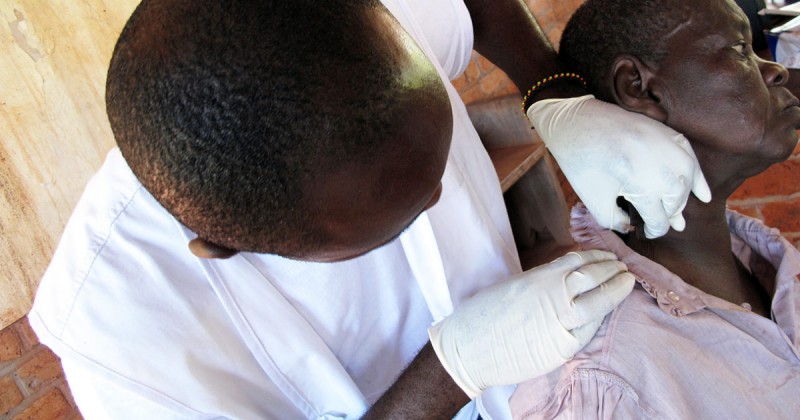
Sleeping sickness, also known as Human African Trypanosomiasis (HAT), remains a significant health concern primarily in sub-Saharan Africa. This disease, caused by parasites transmitted through the bite of infected tsetse flies, affects both humans and animals, posing a threat to public health and agricultural productivity.
The Impact of Sleeping Sickness
Sleeping sickness can be fatal if untreated, with symptoms including fever, headaches, joint pains, and in advanced stages, disruption of the sleep-wake cycle that gives the disease its name. The disease primarily affects rural communities with limited access to healthcare, exacerbating its impact on vulnerable populations.
WHO's Efforts in Combatting Sleeping Sickness
The World Health Organization (WHO) has been at the forefront of efforts to control and eliminate sleeping sickness. Their strategy involves a multifaceted approach focusing on surveillance, diagnosis, treatment, and vector control.
Surveillance and Diagnosis
Effective surveillance is crucial for detecting outbreaks and monitoring the spread of the disease. WHO works closely with national health authorities and local communities to strengthen surveillance systems and ensure early detection of cases.
Treatment and Management
Treatment for sleeping sickness depends on the stage of the disease and the species of parasite involved. WHO supports the use of medications such as pentamidine and suramin for early-stage infections, and melarsoprol or eflornithine for advanced stages. Access to these treatments is facilitated through partnerships with pharmaceutical companies and distribution networks.
Vector Control
Tsetse flies play a critical role in transmitting the parasite that causes sleeping sickness. WHO promotes integrated vector management strategies, including the use of insecticide-treated traps and targets, as well as environmental management to reduce tsetse fly breeding sites.
WHO's Plan to Free 100 Countries from Sleeping Sickness
WHO has set ambitious targets to eliminate sleeping sickness as a public health problem in 100 endemic countries by 2030. This initiative, supported by international donors and partnerships, aims to:
1. Strengthen Healthcare Systems
Enhancing healthcare infrastructure and capacity-building efforts are essential to improving access to diagnosis and treatment in endemic areas.
2. Community Engagement and Education
Raising awareness about sleeping sickness within communities helps encourage early reporting of symptoms and promotes preventive measures such as the use of insect repellents and protective clothing.
3. Research and Innovation
Investing in research to develop new diagnostic tools, medications, and vector control methods is crucial for advancing the fight against sleeping sickness.
Challenges in Eradicating Sleeping Sickness
Despite progress, several challenges hinder the eradication of sleeping sickness:
Remote and Inaccessible Areas: Many affected regions are difficult to reach, making it challenging to provide consistent healthcare services and surveillance.
Limited Resources: Funding constraints and competing health priorities in endemic countries can affect the sustainability of control efforts.
Drug Resistance: Emerging resistance to current treatments underscores the need for ongoing research and development of new therapeutic options.
In conclusion, while the goal of eradicating sleeping sickness is ambitious, WHO's comprehensive strategy and collaborative efforts with governments, NGOs, and other stakeholders provide hope for achieving significant progress. Continued investment in research, surveillance, and healthcare infrastructure will be key to realizing a future where sleeping sickness no longer poses a threat to global health.
World Intelligence Expo 2024 Underway in Tianjin: New AI's Role in Global Development
AUKUS Highlights the Strength of International Partnerships: Pentagon Official
This Day Last Year: INDUS-X Initiative Marks One-Year Anniversary of US-India Defense Partnership